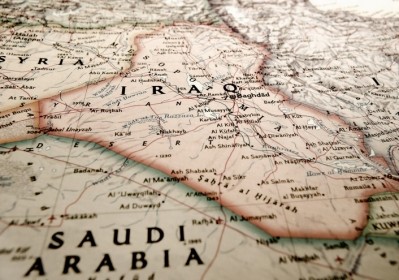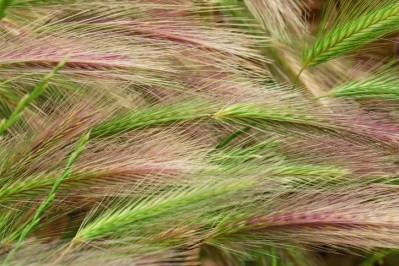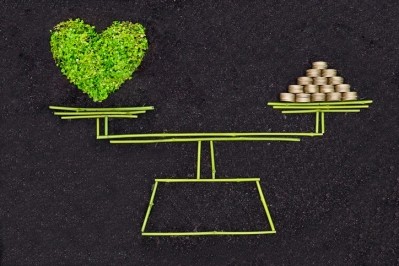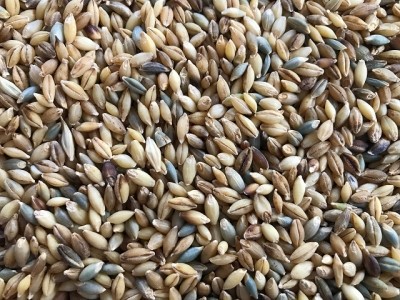Bilateral cooperation in feed on agenda during Commissioner Hogan visit to Iran
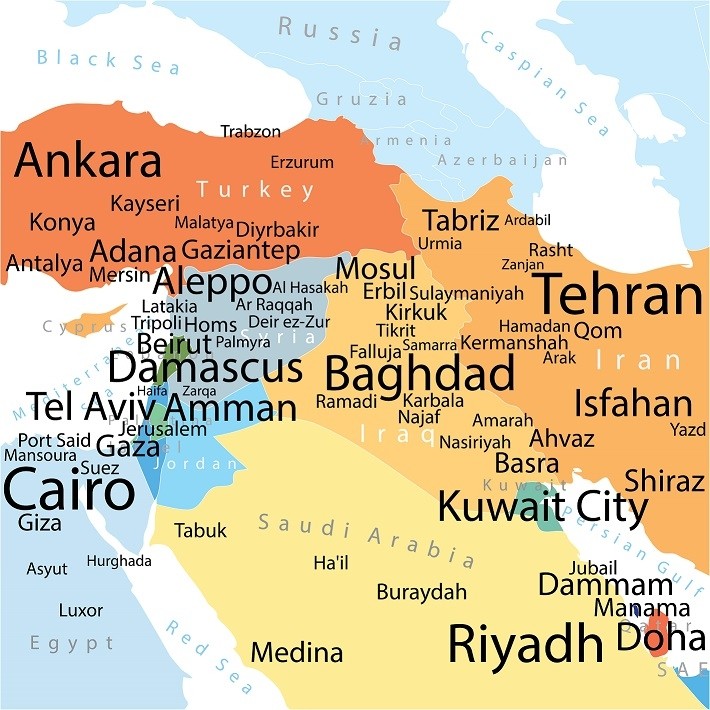
Dr Movafegh Ghadiri met with Cristina de Sousa, chair of Portugal’s feed industry association, IFAC, and member of the Board of Directors of the European Feed Manufacturers`Federation (FEFAC), earlier this month. The meeting was undertaken as part of the visit by EU Commissioner for Agriculture and Rural Development, Phil Hogan, to Iran and Saudi Arabia, from 7-12 November.
A delegation of senior representatives of EU companies and producer organizations from the agri-food sector were also included in the mission. The Commission said the aim of the trip was to enhance cooperation between the EU, Saudi Arabia and Iran in the field of agriculture and rural development, in particular with a view to further developing bilateral trade in agri-food products between the EU and the two Middle Eastern countries.
Ghadiri said Iran's private sector was ready to cooperate with the EU in a specific comprehensive plan, particularly in terms of feed safety and security.
“In the past two years, good and positive cooperation has been established, especially in the field of technology transfer and joint production of livestock feeds between Iran and the EU and the continuation of this cooperation could have tangible results in the near future.”
A delegation from the Iranian Chamber of Commerce also met the EU feed representative; they called for EU support and assistance to help Iranian feed and meat producers reach global markets, as well as knowledge sharing in relation to new technologies.
Ghadiri stressed the importance of educational cooperation between Iran and the EU during the talks: "The familiarity of producers and exporters of livestock products and animal feed with European standards can also lead to good bilateral cooperation.”
Iranian feed production challenges
Ghadiri told FeedNavigator in July that challenges feed manufacturers in Iran face include internal feed mills related issues such as “a lack of new technologies and a lack of liquidity.”
Government bureaucracy, cumbersome regulation, and an increasing level of on-site feed production in livestock and poultry breeding units were some of the additional obstacles Iranian feed companies were up against, he added.
Speaking generally, he said Iran was a leading country in terms of animal husbandry and agriculture. The Iranian poultry industry is the sixth largest globally, poultry farmers produce more than 2 million tons of chicken meat per year, while Iranian dairy cattle farmers see output of over 9 million tons of milk yearly, he added.
Ghadiri told us there were 645 feed mills in Iran. Foreign companies operating in the country include Trouw Nutrition. However, Iranian companies are continuing talks with other leading foreign companies for co-production or joint venture projects in Iran.
Cattle feed, in general, accounts for 4,250,000 tons out of a total feed production of 8,800,000 tons in that market.
Some 80% of Iran's feed production raw materials are imported from Ukraine, Latin America, Brazil, France, Australia, and Germany. Raw material import amounts include: Corn: 6 million tons, Soybean meal: 1.3 million tons, Barley: 1.5 million tons and other meals: 200.000 tons.
Iran exported about 230,000 tons of feed in 2016 to neighboring countries like Afghanistan, Iraq, and CIS countries.
